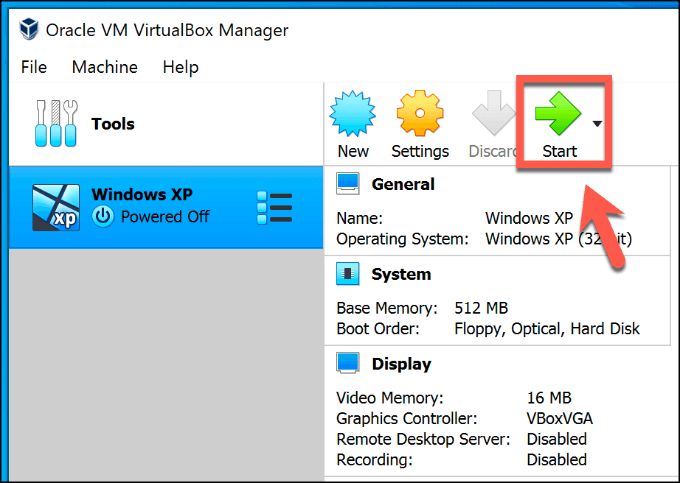

- #MICROSOFT VM DOWNLOAD EXE HOW TO#
- #MICROSOFT VM DOWNLOAD EXE INSTALL#
- #MICROSOFT VM DOWNLOAD EXE UPDATE#
If there are any existing PXE servers in VMM, update the Windows PE image. “% VMMINSTALLPATH% \bin\vmmcertutil.exe" console UpdateHavmmRoleCertificateĪfter all the passive nodes are updated, perform failover to any passive node. "% VMMINSTALLPATH%\bin\vmmcertutil.exe" console RenewVmmNodeCertificate At an elevated command prompt, type the following commands, and press Enter after each command: You can also use any other account that has the required permissions on the HAVMM cluster and VMM SQL Server. Go to the passive nodes, and log on to the node by using the VMM service account (the account under which VMM is running). "% VMMINSTALLPATH%\bin\vmmcertutil.exe" console RenewHavmmRoleCertificate "% VMMINSTALLPATH%\bin\vmmcertutil.exe" console Renewvmmnodecertificate Type the following commands, and press Enter after each command: On the active node, open an elevated Command Prompt window. You can also use any other account that has the required permissions on the HAVMM cluster and VMM SQL server. Go to the HAVMM active node, log on to the node by using the VMM service account (the account under which VMM is running). For example, the installation folder is as follows:Ĭ:\Program Files\Microsoft System Center 2012 R2\Virtual Machine Manager Note: The placeholder represents the installation folder for System Center 2012 R2 Virtual Machine Manager.
#MICROSOFT VM DOWNLOAD EXE INSTALL#
Install the update on Highly Available (HA) VMM cluster nodesĬopy the Vmmcertutil.exe file to the VMM bin folder (% VMMINSTALLPATH%\bin) on all the HAVMM cluster nodes. To do this in the VMM console, right-click the PXE server, and then click Update WinPE Image.Īfter you update the certificates, you can delete the Vmmcertutil.exe file from the \bin folder. If you have any existing PXE servers in your VMM environment, update the PXE image. Note In this command, replace the placeholder by using the VMM installation folder path. "%VMMINSTALLPATH%\bin\vmmcertutil.exe" console Renewvmmnodecertificate Type the following command, and then press Enter: By default, the VMM installation is located in the following folder:Ĭ:\Program Files\Microsoft System Center 2012 R2\Virtual Machine Manager\binĪfter the files are extracted, open an elevated Command Prompt window.

For example, enter the \bin folder path of the VMM installation.

Read and accept the license agreement.Įnter the location into which you want to put the extracted files. Install the utility on a standalone VMM server

Software Update Supplemental Notice for System Center 2012 R2 Virtual Machine Manager.rtf Install Update Rollup 14 for System Center 2012 R2 Virtual Machine Manager on the standalone VMM server or the Highly Available VMM cluster.ĭownload the utiltiy from the Microsoft Download Center.Įxtract the "SCVMM_2012_R2_RENEW_CERT.EXE" file to a temporary location.
#MICROSOFT VM DOWNLOAD EXE HOW TO#
How to get and install the renew certificates utility Before you install the utility This utility enables you to renew the following:Ĭertificates that are about to expire. In this case, you can proactively avoid the downtime of the VMM server that can occur when certificates expire. This article contains information about how to renew certificates in Microsoft System Center 2012 R2 Virtual Machine Manager (VMM) by using the certificates renewal utility. Microsoft System Center 2012 R2 Virtual Machine Manager More.


 0 kommentar(er)
0 kommentar(er)
